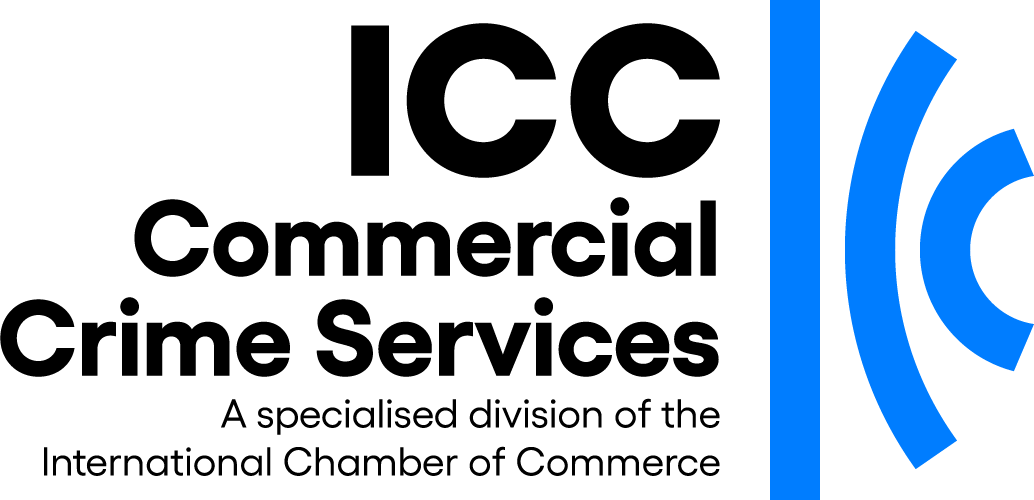

Last November ICC Counterfeit Intelligence Bureau (CIB) reported on a case in Panama where 43 people died after consuming counterfeit medicine. The New York Times recently conducted an in-depth investigation into the tragedy and uncovered new information about the origin and ingredients of the fake medication.

Last November ICC Counterfeit Intelligence Bureau (CIB) reported on a case in Panama where 43 people died after consuming counterfeit medicine. The New York Times recently conducted an in-depth investigation into the tragedy and uncovered new information about the origin and ingredients of the fake medication.
The cause of the deaths was found to be an ordinary, government produced, cough syrup. However, the deadly cough syrup differed from legitimate medicine by one key ingredient. Harmless and commonly used Glycerine was substituted for a cheaper, poisonous alternative: Diethylene Glycol.
While Glycerine is routinely used in numerous food products as a sweetener, the highly toxic Diethylene Glycol is more commonly used as an industrial solvent or an additive in products such as brake fluid or antifreeze. Depending upon the volume consumed, Diethylene Glycol can have a number of negative impacts on the human body including kidney failure, shutting down of the nervous system, paralysis, and death.
Since CIB first reported on this case last November, the number of reported deaths in Panama attributed to fake cough syrup has climbed to 100.
Peter Lowe, CIB Assistant Director stated: “The tragic loss of 100 lives in Panama is directly related to the production and trafficking of counterfeit chemicals. CIB was pleased to see the New York Times investigate this case and raise the profile of this dangerous and illegal activity.”
The investigation by the New York Times discovered that the government of Panama unknowingly used Diethylene Glycol relabeled as Glycerine, to make 260 000 bottles of cough syrup. 46 barrels of Diethylene Glycol were purchased by the Government of Panama, all falsely labeled as 99.5 percent pure Glycerine. The origin of the fake chemicals was traced from Panama through trading companies in Spain to a source near the Yangtze Delta in China.
Chinese officials have been hesitant to acknowledge any link between the Diethylene Glycol and any of the Chinese companies that are likely responsible for the re-labeling. One of these companies believed to have been involved is owned by the Government of China. The State Food and Drug Administration of China conducted an investigation into one factory accused of illegal re-labeling. The inquiry found no Glycerine present at the factory, only Diethylene Glycol. Since the factory was not certified to produce pharmaceutical products, investigators concluded that no laws had been broken.
Although the fake Glycerine passed through a number of countries, it was never tested. The shipment’s certificate of authenticity was repeatedly altered, eliminating both the name of the manufacturer and the previous owner. Had this irregularity been noticed, it would have been apparent that the manufacturer was not approved to produce Glycerine and the stock could have been safely disposed of.
Mr Lowe stated: “In order to ensure consumer safety, international standards and regulations must be applied and adhered to across the board. Failing to do so will continue to threaten public health.”






